
Christmas, in many countries, is a chance to gather with loved ones, exchange gifts, and — perhaps most pleasurably — indulge in long-awaited holiday foods. One healthcare site estimated that the average Christmas meal ranges from 1,400 calories in Japan to 3,291 calories in the U.S.
With so much anticipation in the air, a fair amount of sorcery takes place at food manufacturers hoping to contribute to our massive calorie intakes. Lucky Americans, for example, get seasonal treats like White Chocolate Pringles and Candy Cane-flavored Peeps marshmallow candies.
Fortunately for diners with more traditional tastes, there's an abundance of Christmas dishes around the world that might put them in a more authentic holiday spirit.
Argentina: Vitel toné
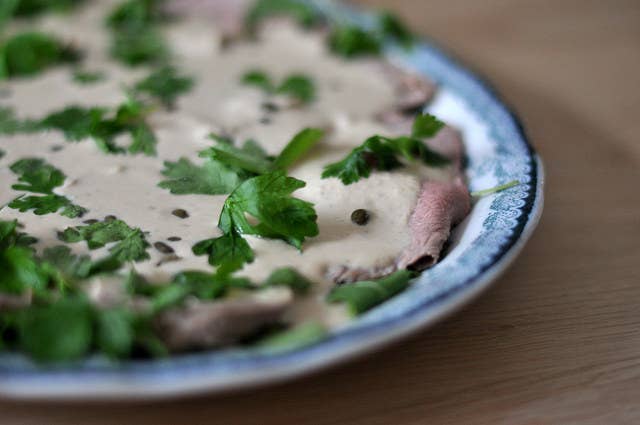
Also known in Italy as vitello tonnato, this holiday dish is sliced veal in a creamy tuna sauce, served cold. Traditionally a summer recipe, vitel toné is fitting for the Argentine summer, which lasts from December to February.
Australia: Prawns

"Christmas in Australia means prawns. Lots and lots of them," wrote the Guardian. According to the Australian Prawns Farmers Association, 40% of prawn consumption in Australia happens over Christmas. Here are some other recipe ideas for Christmas in Australia.
Brazil: Farofa
This popular Brazilian side dish made from toasted manioc (or cassava) flour is often served with raisins during the holidays.
Belgium: Cougnou
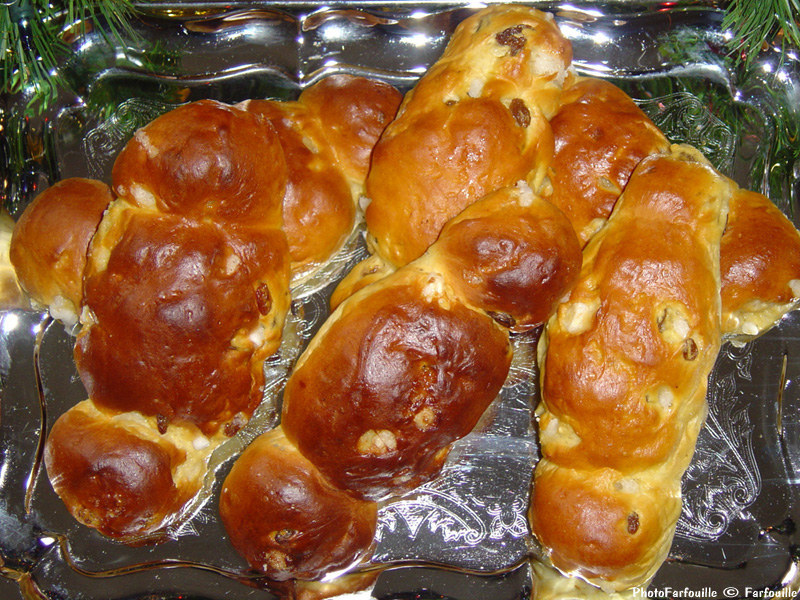
Typically given to children during the holidays, cougnou is a sweet bread shaped like a swaddled baby Jesus. See it?
Central and Eastern Europe: Babka
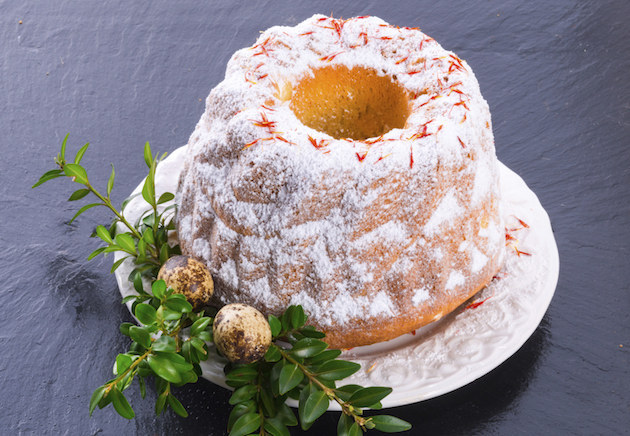
Babka, also served on Easter, is a spongy yeast cake often topped with icing. The name of the cake is likely derived from “baba,” which means grandmother, or "babka" for little grandmother as the cakes became smaller, according to theatlantic.com.
France: Bûche de Noël
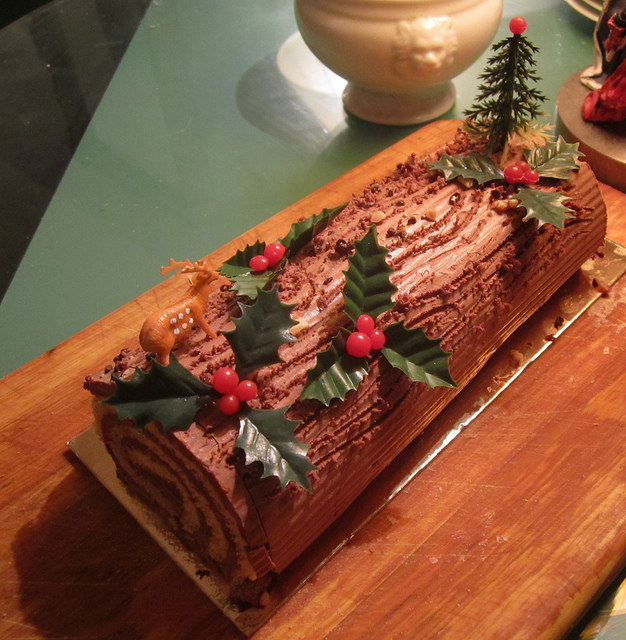
Yule log, a sponge cake iced with buttercream or ganache, is also a popular Christmas dessert in Quebec. According to History.com, the significance of the log goes back to celebrations of the winter solstice, when families would burn logs "to cleanse the air of the previous year’s events and to usher in the spring." "The log’s ashes were valuable treasures said to have medicinal benefits and to guard against evil."
Germany: Glühwein

Many Christmas markets in Germany and Austria offer this hot mulled wine, which can made with red wine, sugar, lemons, cloves, cinnamon sticks and orange.
Ireland: Spiced Beef

This Irish beef dish is cured, spiced beef served cold. It sits in seasonings like peppercorns, allspice and juniper berries for days and then is cooked at a low temperature for several hours. One of the preservative ingredients, potassium nitrate, is now difficult to find, but "check with your pharmacist," advises the Irish Food Board.
Italy: Struffoli
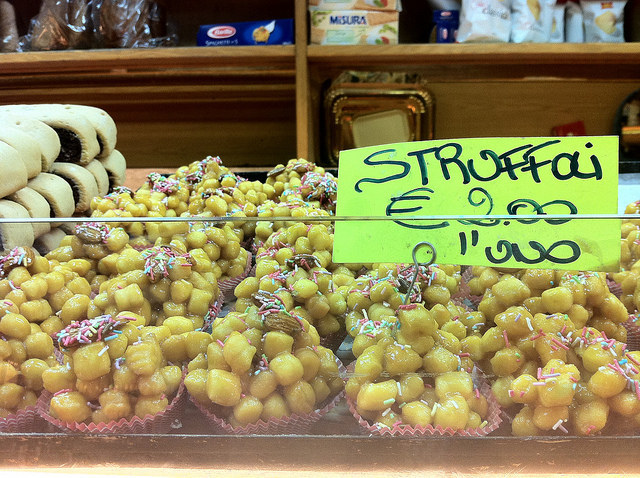
A Christmas dessert originating in Naples, struffoli are marble-sized, deep fried balls of dough coated in honey and decorated with sprinkles or powdered sugar.
Japan: KFC
\≪クリスマス≫ネット予約明日まで!/スマホ&PCで予約完了できる「ネット予約」の受付は【12/18(金)15:00】まで。「ネット予約しよ~」と思っていた方はお急ぎくださいっ!➡https://t.co/6VfVtKDc4V
In Japan, KFC's busiest days are right around Christmas. The country has a tiny Christian population, but a wildly successful marketing campaign in 1974 promoting “Kurisumasu ni wa kentakkii!” (Kentucky for Christmas!) has made a bucket of chicken the go-to meal for the holiday, reported Smithsonian.com.
Mexico: Romeritos
Romeritos get their name from the seepweed plant, called romerito in Spanish, meaning "little rosemary." While the plant looks like rosemary, it tastes more like spinach. The dish can be made with shrimp cakes and potatoes in mole sauce.
Philippines: Lechon
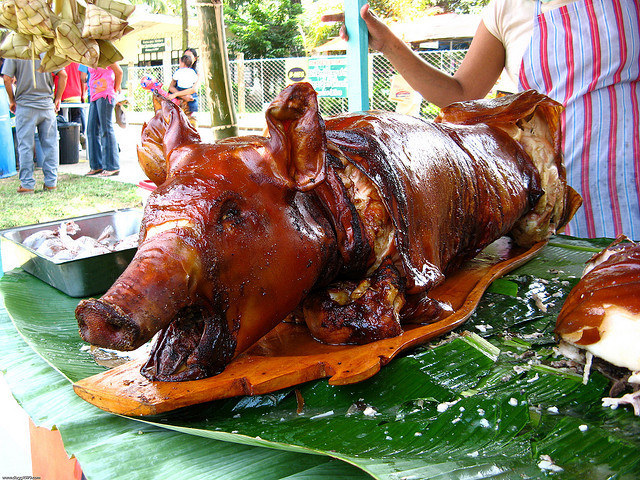
For larger parties, roast pig (lechon) is the main event of the meal. "December is the busiest and the best month for lechon makers and purveyors because of the bulk of order they receive," according to the travel site choosephilippines.com.
Scandinavia: Lutefisk

Lutefisk, dried codfish preserved in lye and then repeatedly rinsed, is a traditional dish in Norway, Sweden, and parts of Finland, but is now more common among Scandinavian Americans, according to Smithsonian.com. While the dish is still eaten in Scandinavia, it's Madison, Minnesota that claimed the title "lutefisk capital of the world."
U.K.: Mince pies
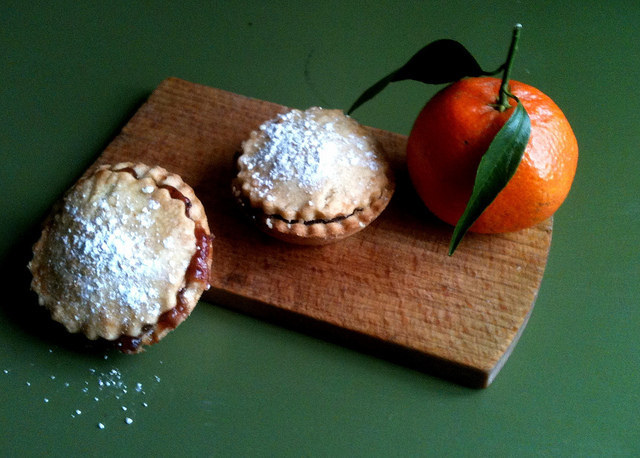
Mince pies were once made with meat such as mutton or tongue, but modern versions a are sweet and use a fruit filling. As BuzzFeed pointed out, "Mince pies hog the Christmas dessert limelight...And such is the popularity of mince pies, they’ll probably be the only snack on offer at any occasion until January."
U.S.: Pecan Pie
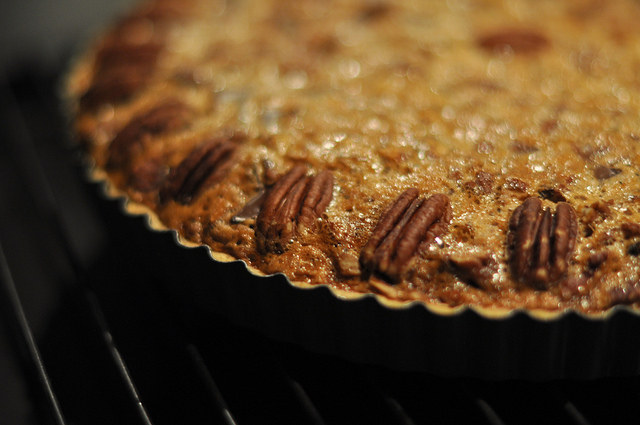
Americans eat all manner of things on Christmas, but just for now we'll focus now on the pecan pie, which is believed to have originated in New Orleans with French settlers. The pecan tree is native to North America. The U.S. remains the world's largest pecan producer.
Venezuela: Hallacas

Hallacas — meat and dough mixture wrapped in banana leaves and steamed — are among the most popular Christmas dishes in Venezuela. It is "one of the most representative icons of Venezuelan multicultural heritage,as its preparation includes European ingredients (such as raisins, nuts and olives), indigenous ingredients (corn meal colored with annatto seeds), and African ingredients (smoked plantain leaves used for wrapping)," according to The Hallaca Factory, a food distributor.
Everywhere: Panettone
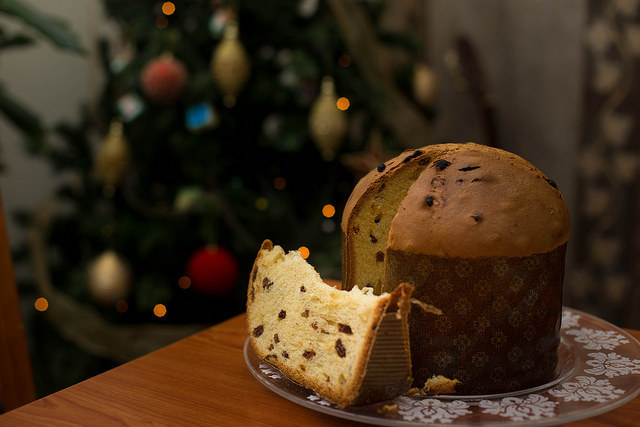
Panettone, a fluffy sweet bead originally from Milan, is now enjoyed on Christmas around the world. It is often filled with candied fruits and raisins. According to a 2007 report by Reuters, each Christmas Italian bakers produce about 117 million panettone and pandoro cakes.
